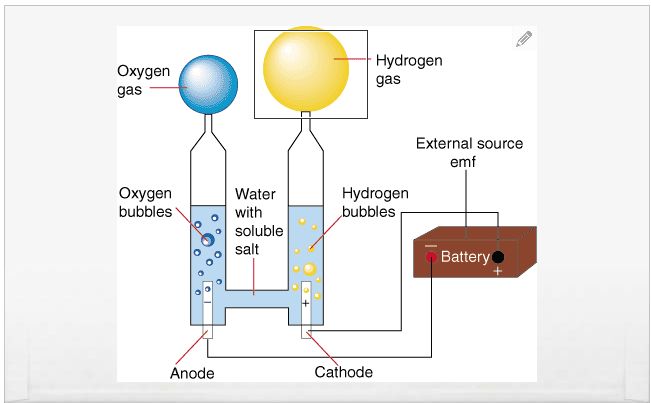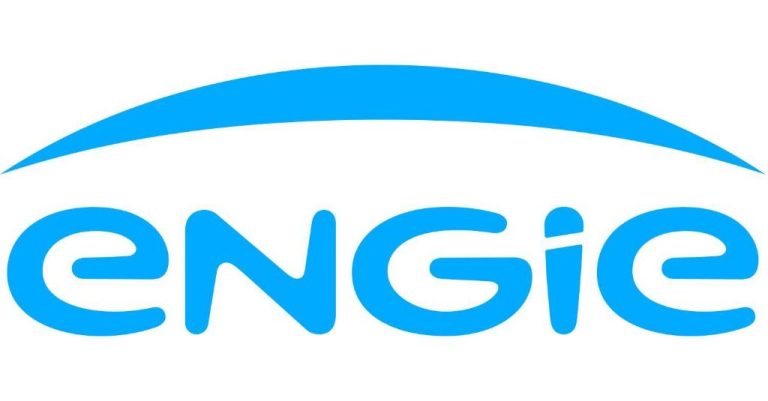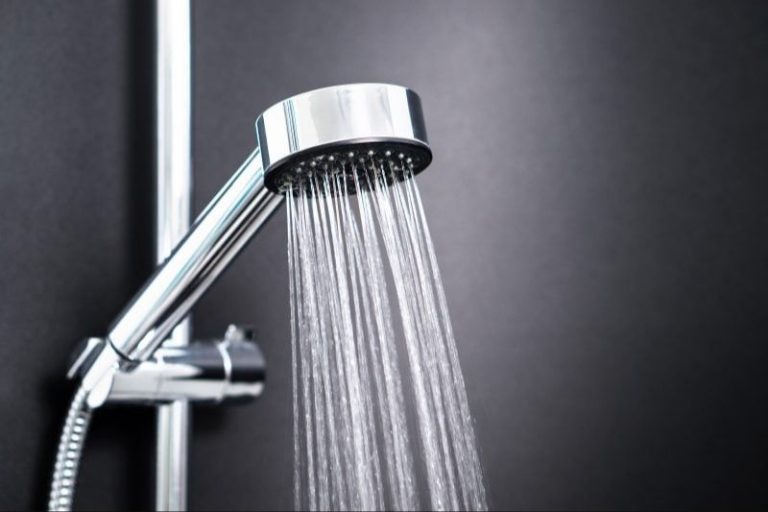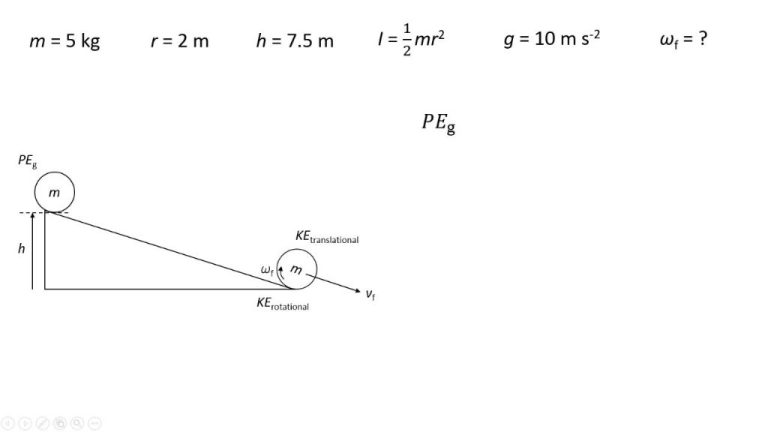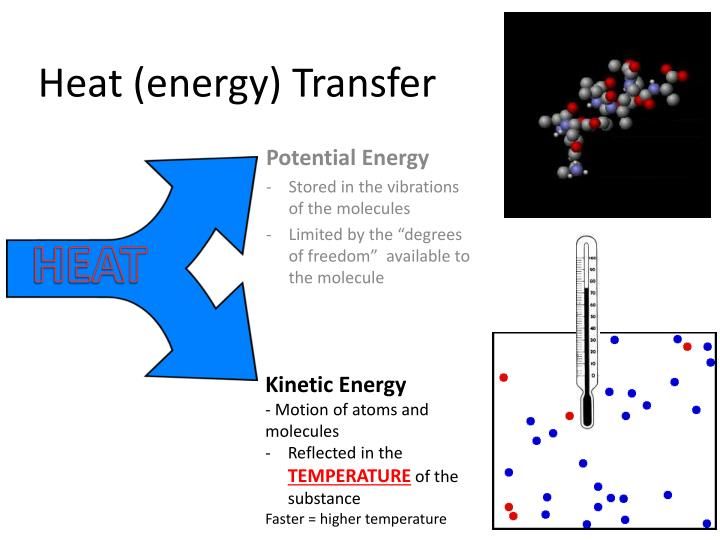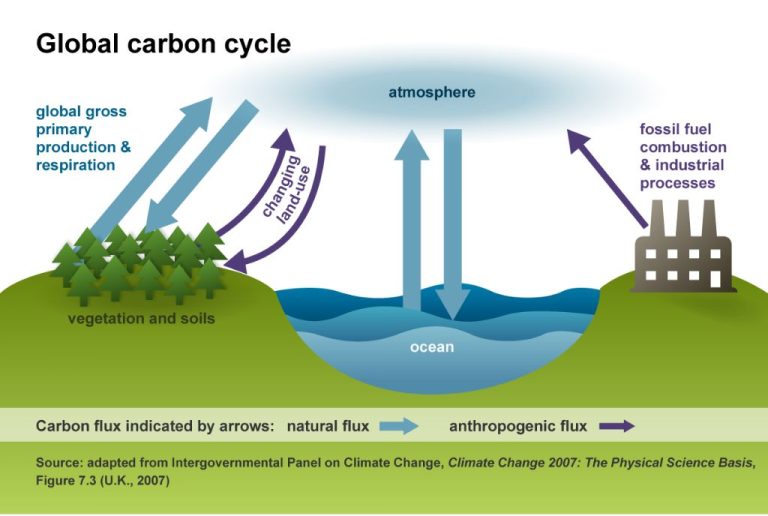What Is Electrical Energy And How Does It Work?
What is Electrical Energy?
Electrical energy is the energy carried by electric charges, which most commonly refers to the flow of electrons in a conductor like a wire or electrical cable. It is a form of kinetic energy, or energy of motion, that is sourced in an electrical potential or electromotive force, such as that across the terminals of a battery. When electrical charges move through a conductor they generate an electric current, creating electrical energy.
Electrical energy is distinct from electric current, which refers to the rate of flow of electric charge. While current is measured in amperes, electrical energy is commonly measured in units like kilowatt-hours (kWh). One kilowatt-hour represents the amount of electrical energy consumed at a rate of 1,000 watts for one hour. Electrical utilities track energy usage in kilowatt-hours for billing purposes.
In summary, electrical energy refers to the actual energy carried by moving electrons, measured in units like kWh. Electric current refers to the rate of electron flow in amperes. Though related, they are distinct concepts, with energy referring to the total work done by electricity over time.
How is Electrical Energy Generated?
There are several main methods for generating electrical energy:
Fossil Fuels
Fossil fuels like coal, oil and natural gas are burned to heat water into steam that spins a turbine connected to a generator to produce electricity. Coal and natural gas are the most common fossil fuels used. Coal power works by burning coal to heat water in a boiler and produce high pressure steam that rotates a turbine. The turbine is connected to an electrical generator that converts the mechanical energy into electrical energy. Natural gas power works similarly, by burning natural gas instead of coal to heat water and produce steam that spins a turbine and generator.
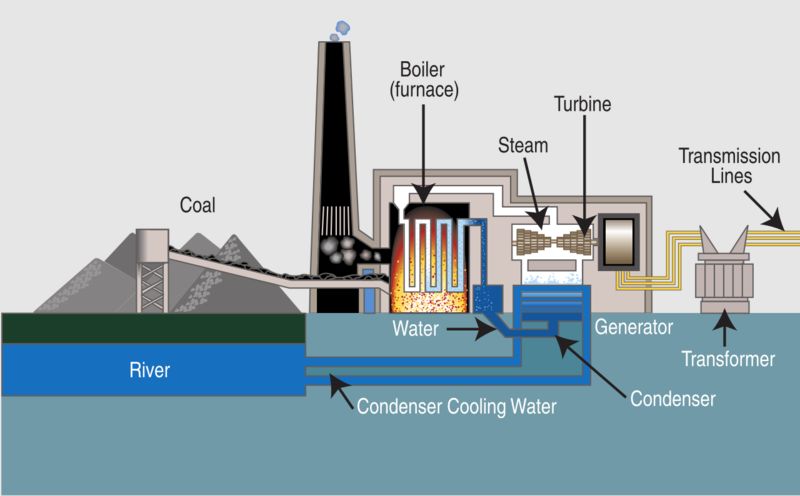
Nuclear
Nuclear power plants use the heat from nuclear fission in a contained environment to convert water to steam. The steam spins a turbine connected to a generator to produce electricity. Uranium is used as the nuclear fuel in the fission process. The steam generated from the nuclear reaction spins the turbine at a constant high rate, making nuclear power plants reliable for base load power generation.
Hydropower
Hydropower uses flowing water from dams or rivers to spin turbines connected to a generator. The motion of the water flowing through the turbines produces rotational energy that is converted into electrical energy by the generator. Hydropower is considered a renewable energy source and provides around 16% of the world’s electricity.
Wind
Wind energy uses wind turbines that have propeller-like blades that spin a rotor. The wind kinetic energy creates the rotational motion, which is converted into electricity by a generator. Wind power is considered a renewable source and has seen massive growth in recent decades. Large-scale wind farms with hundreds of turbines now provide a significant share of electricity in some regions.
Solar
Solar power converts energy from the sun into electricity in two main ways. Photovoltaic (PV) cells in solar panels convert sunlight directly into electrical current. Concentrated solar power systems use mirrors to focus the sun’s thermal energy to heat a fluid that produces steam to power a turbine connected to a generator.
AC vs DC Current
Alternating current (AC) and direct current (DC) are the two types of electrical current used to power devices and transmit electricity. The main difference between AC and DC is that the flow of current constantly changes direction in AC, whereas it flows in one direction with DC.
AC current alternates its direction at a steady frequency, usually 50-60 Hz. The voltage in AC circuits also alternates between positive and negative. This allows AC current to travel long distances through power lines efficiently. Most household appliances run on AC power.
DC current flows in only one direction from high to low potential. The voltage polarity does not change. Batteries and solar panels provide DC current. DC is used when steady one-directional current is required, such as charging batteries, powering vehicles, and running electronics.
Both AC and DC have different advantages. AC can be easily converted to higher or lower voltages using a transformer. This allows efficient transmission over long distances. DC does not require conversion so it has fewer power losses. DC also has applications in electronics and motors that require variable speed or reversing. Knowing the difference between AC and DC helps determine the appropriate type to use for a given application.
How Electricity is Transmitted
Electricity is generated and used at different voltages and frequencies. Low voltage electricity is used in homes and buildings. Higher voltages are needed to enable efficient transmission over long distances. To enable efficient transmission, the voltage is increased at the power station using transformers.
The high voltage electricity can then be efficiently transmitted along transmission lines over long distances. Transmission lines make up the electrical grid that connects electricity generation sources to the local electrical distribution networks. The grid consists of a network of high voltage transmission lines that transmit electricity from power plants to substations. The substations contain transformers that decrease the very high voltage electricity from the transmission lines to lower voltages suitable for distribution.
Transformers play a key role in electrical transmission by converting the electricity to high voltages for efficient transmission via the grid, and then decreasing the voltage for distribution. The transmission grid enables generated electricity to be transmitted across regions to meet demand.
How Electricity is Distributed
After electricity is transmitted along high voltage power lines from the power plant, it needs to be stepped down to lower, safer voltages before being distributed to homes, businesses, and other end users. This is done at substations using step-down transformers.
Step-down transformers reduce the voltage from transmission level (such as 765,000 volts) to distribution level (such as 12,000 volts). From the distribution lines, electricity goes through additional step-down transformers located near homes and businesses to further reduce the voltage to usage level (such as 120 and 240 volts).
Along the distribution lines, there are safety mechanisms in place to prevent issues like power surges and overloads. Circuit breakers and fuses act as automatic switches that will trip or blow when electricity flow exceeds safe levels. If there is a short circuit or other problem, the circuit breakers and fuses will activate to stop the flow of electricity to prevent damage or injury.
Proper distribution with step-down transformers and safety mechanisms allows the electricity transmitted at high voltages to be transformed into the standardized voltages that power everyday devices in homes and businesses safely.
Measuring Electricity Usage
Electricity usage is measured in units called kilowatt-hours (kWh). This is the amount of energy consumed by a power of one kilowatt for one hour. For example, a 100-watt light bulb left on for 10 hours would consume 1 kWh of electricity (100 watts x 10 hours / 1000 watts per kilowatt).
Utility companies use electricity meters to track how much power a home or business uses. Traditional electromechanical meters have a spinning metal disc that turns at a speed proportional to the instantaneous power usage. The number of disc revolutions is counted over a month to calculate the total energy consumption.
Newer solid-state digital meters replace the spinning disc with electronic circuitry that precisely samples the power usage. Some digital meters can also transmit readings wirelessly to the utility company through a technology called automated meter reading (AMR). The latest advancement is two-way communicating smart meters that allow for remote monitoring of electricity consumption in real-time.
Smart meters provide consumers with more visibility into their energy usage patterns. The granular data helps identify opportunities to save electricity and shift usage to off-peak hours when rates are lower. Utility companies also benefit from streamlined meter reading and faster outage detection with smart meter networks.
Applications of Electricity
Electricity powers many of the appliances, devices, and systems we use every day. Here are some of the major applications of electrical energy:
Heating and Cooling – Electricity allows us to control the temperature inside our homes and businesses through heating and air conditioning systems. These include space heaters, furnaces, air conditioners, heat pumps, fans, etc.
Lighting – From light bulbs to neon signs to LED displays, electricity gives us control over illumination. Lighting allows us to extend our productivity and activities into nighttime hours.
Home Appliances – Devices like refrigerators, freezers, dishwashers, washing machines, dryers, and vacuums all run on electricity. They allow us to store food, clean dishes and clothing, and complete other household tasks.
Entertainment and Communication – Televisions, radios, computers, mobile devices, and the internet all rely on electricity to function. They provide entertainment, allow us to communicate, and access information.
Industry and Manufacturing – Assembly lines, industrial machines, and manufacturing plants use electricity for power. Electricity allows mass production of all kinds of goods.
Transportation – Electric trains, subways, trolleys and an increasing number of electric vehicles get their power from electricity. It allows public and personal transportation.
The prevalence of electrical devices and demand for electricity in our daily lives continues to grow. Our modern society and standard of living depends heavily on the applications of electrical energy.
Electrical Safety
Electricity can be extremely dangerous and hazardous if not handled properly. Some key electrical safety tips to keep in mind are:
- Never put your fingers or other objects into electrical outlets or sockets.
- Do not overload electrical circuits by plugging in too many appliances.
- Avoid running cords under carpets or furniture as this can cause overheating.
- Regularly check cords and plugs for damage or fraying.
- Make sure appliances are properly grounded to prevent shocks.
- Keep all electrical appliances away from water to prevent electrocution.
- Do not use appliances with wet hands or while standing in water.
- Have a qualified electrician handle any major electrical work.
- Keep children away from outlets and electrical equipment.
- Install GFCI outlets in bathrooms, kitchens and other high-risk areas.
Following basic precautions around electricity can help prevent electrical fires, shocks, electrocution and other hazards.
Future of Electrical Energy
The future of electrical energy is expected to involve major improvements in how we generate, distribute, and store electricity. The key areas of focus will likely include:
Improving generation from renewable sources
There will likely be significant advances in renewable energy generation from sources like solar, wind, hydro, geothermal and biomass. This will help reduce our dependence on fossil fuels and lower carbon emissions. Key innovations could include more efficient solar cells, taller wind turbines able to access stronger winds, and new ways to store energy from intermittent sources like solar and wind.
Smart grids and distributed generation
Smarter electricity grids will help better manage the complexity of distributed renewable generation and new loads like electric vehicles. New technology allows two-way communication between utilities and customers, optimizing energy use. Rather than solely centralized generation, more local and on-site generation like rooftop solar will come online.
Energy storage improvements
Better energy storage technology will provide capacity to smooth out supply and demand imbalances from renewable sources. Promising innovations include grid-scale batteries, pumped hydro storage, compressed air storage, hydrogen storage, and flywheel storage. Improved storage can collect energy when generation exceeds load and discharge when generation falls behind load.
Conclusion
This article covered a broad overview of basic information about electrical energy. To summarize, electrical energy is a form of energy generated from the movement of charged particles, such as electrons. It is most commonly generated at power plants using methods like combustion, nuclear fission, hydropower, wind, or solar. The electricity is distributed through power grids using AC and DC currents to transmit and step down the voltage for end use applications.
Electricity powers most of the technologies and infrastructure we depend on in the modern world. It lights our homes, powers communication systems and electronics, runs industrial processes, and enables transportation through electric vehicles and rail systems. Electrical energy will only become more important as new technologies emerge and electricity replaces fossil fuel usage. Understanding how electricity is produced, transmitted, measured and applied empowers individuals and communities to use it safely, efficiently and sustainably.

